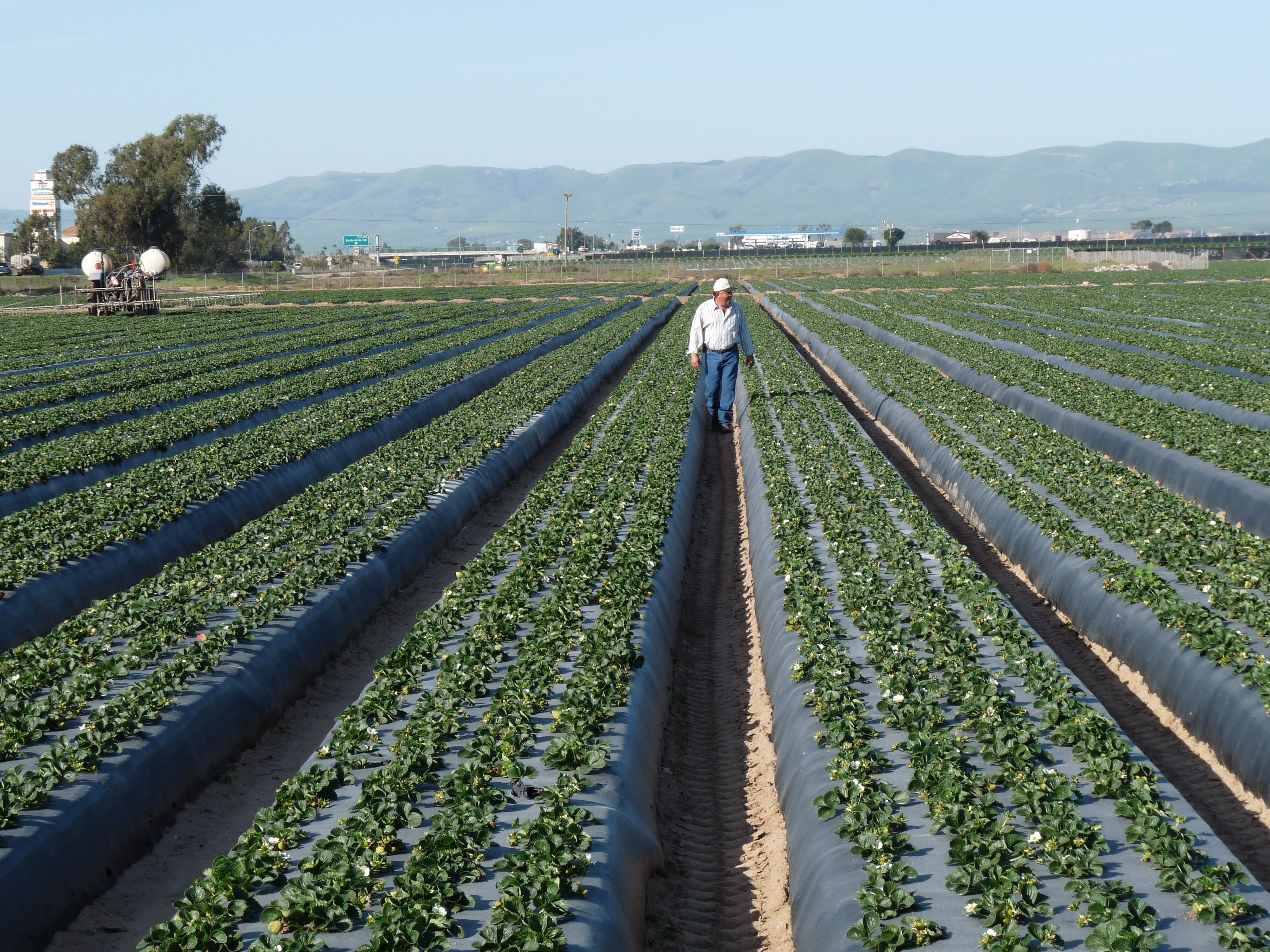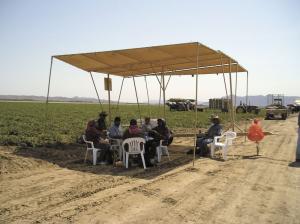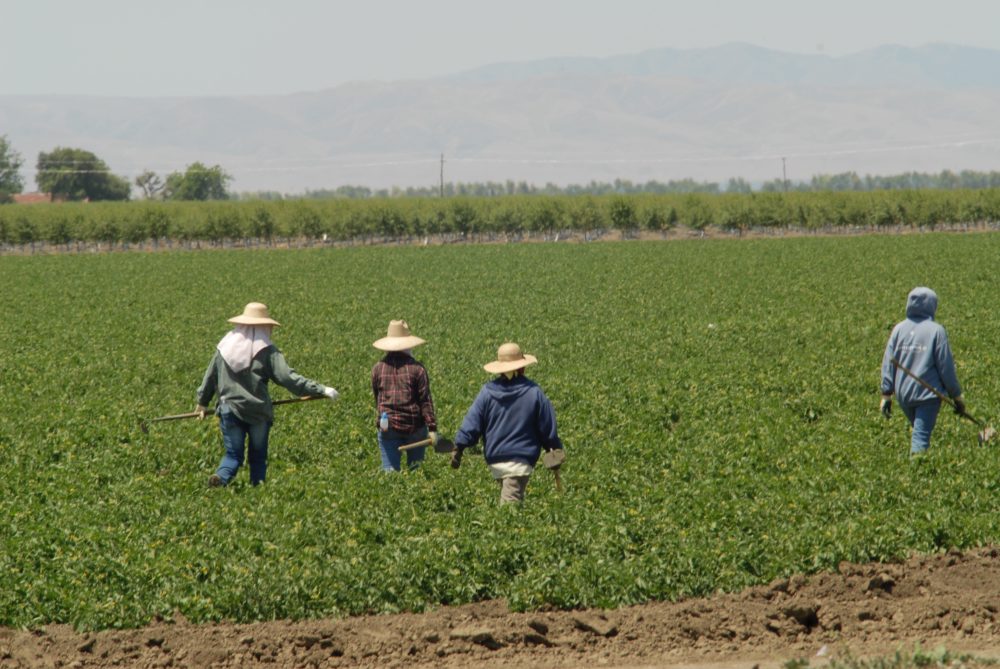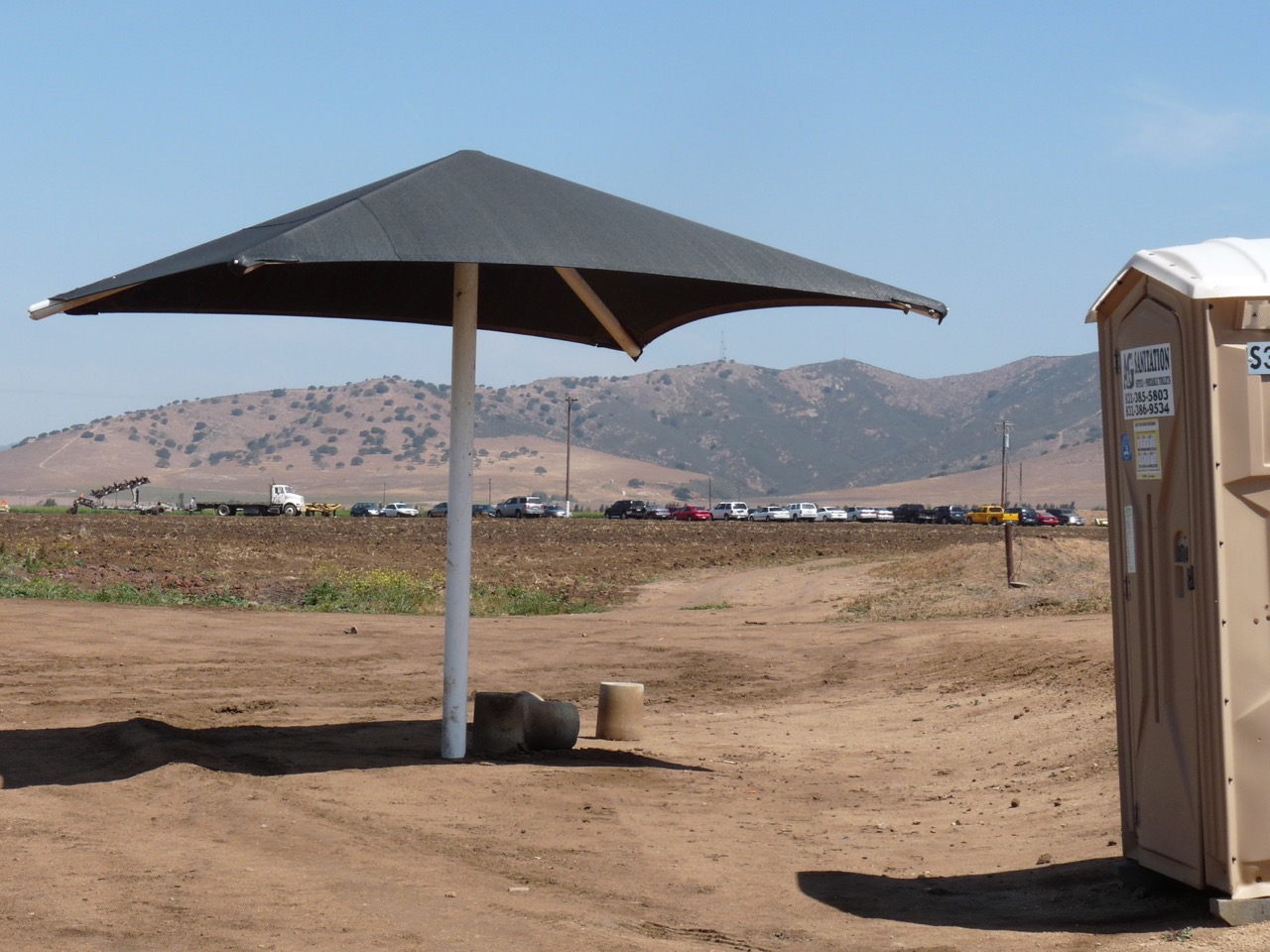2019 Strawberry Harvest is Brisk
Labor Tight, But Incentive Programs Keep Berries Harvested
By Patrick Cavanaugh, Editor
The 2019 strawberry harvest is going strong, and field employees are busy picking at the height the ripeness. Carolyn O’Donnell, a communication director for the California Strawberry Commission based in Watsonville, said lots of hands are harvesting the berries.
“We need to harvest the berries when ready,” O’Donnell said. “We can’t leave the ripe berries on the plant a few extra days, and we can’t harvest them early and then ripen them in some other modified atmosphere. They have to be picked when they’re ready to go. So, timing is part of it, as well as just having an adequate supply.”
O’Donnell explained how growers are handling the tight labor supply.
“It’s been a challenge. The growers have been doing all kinds of different incentive programs. Definitely, wages have been raised, different benefits have been offered, but we do find that growers are still struggling to keep up with their harvest,” O’Donnell said.
And when those harvesters out there picking the strawberries, they want to make the money, and they are in fact running back and forth with their trays to refill them.
“We are definitely in a busy harvest season right now. And so with a quick harvest comes incentive pay. And harvest workers will be hustling a little bit more. There are lots of berries to pick. There is money to be made,” O’Donnell said.





















